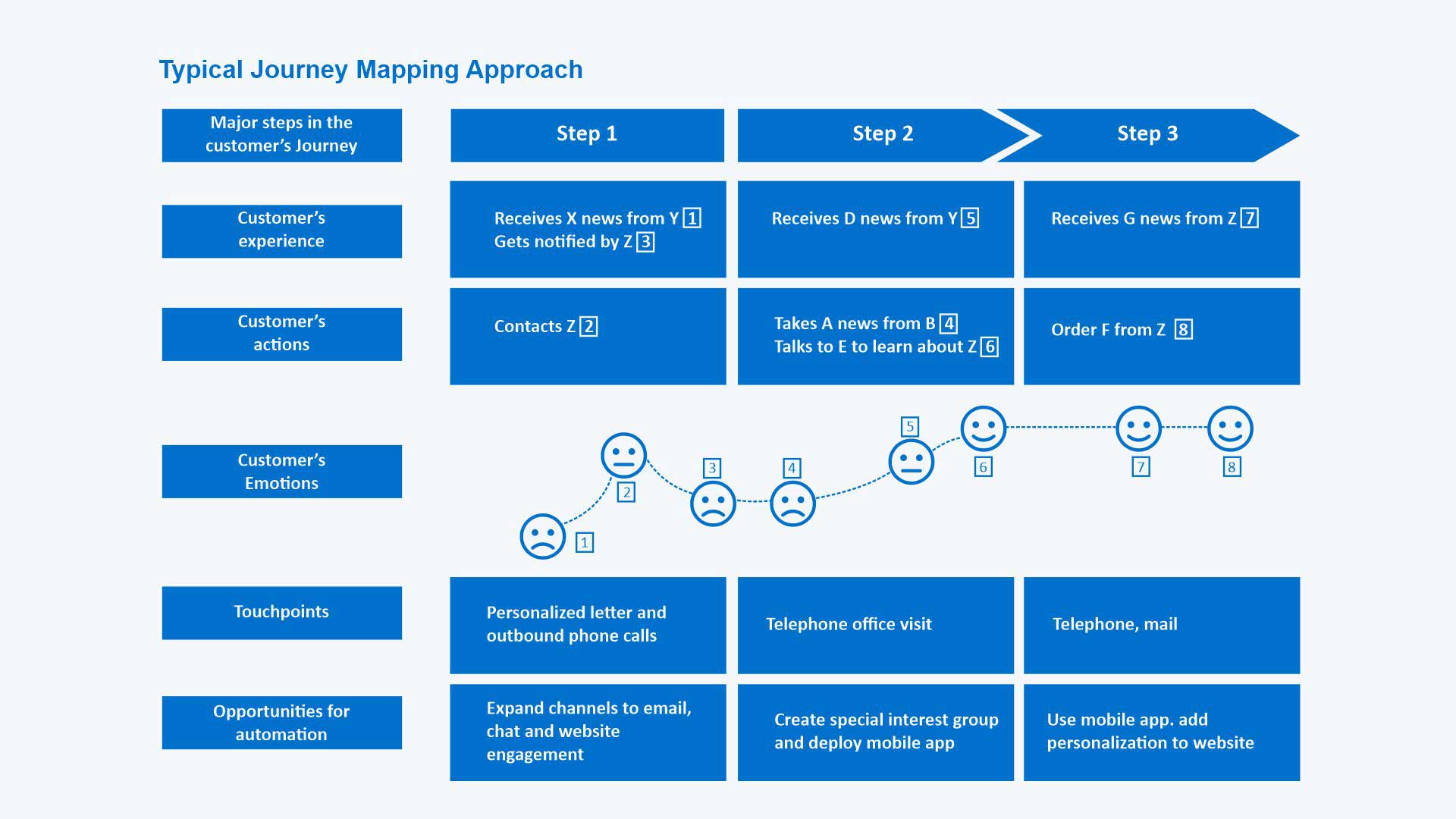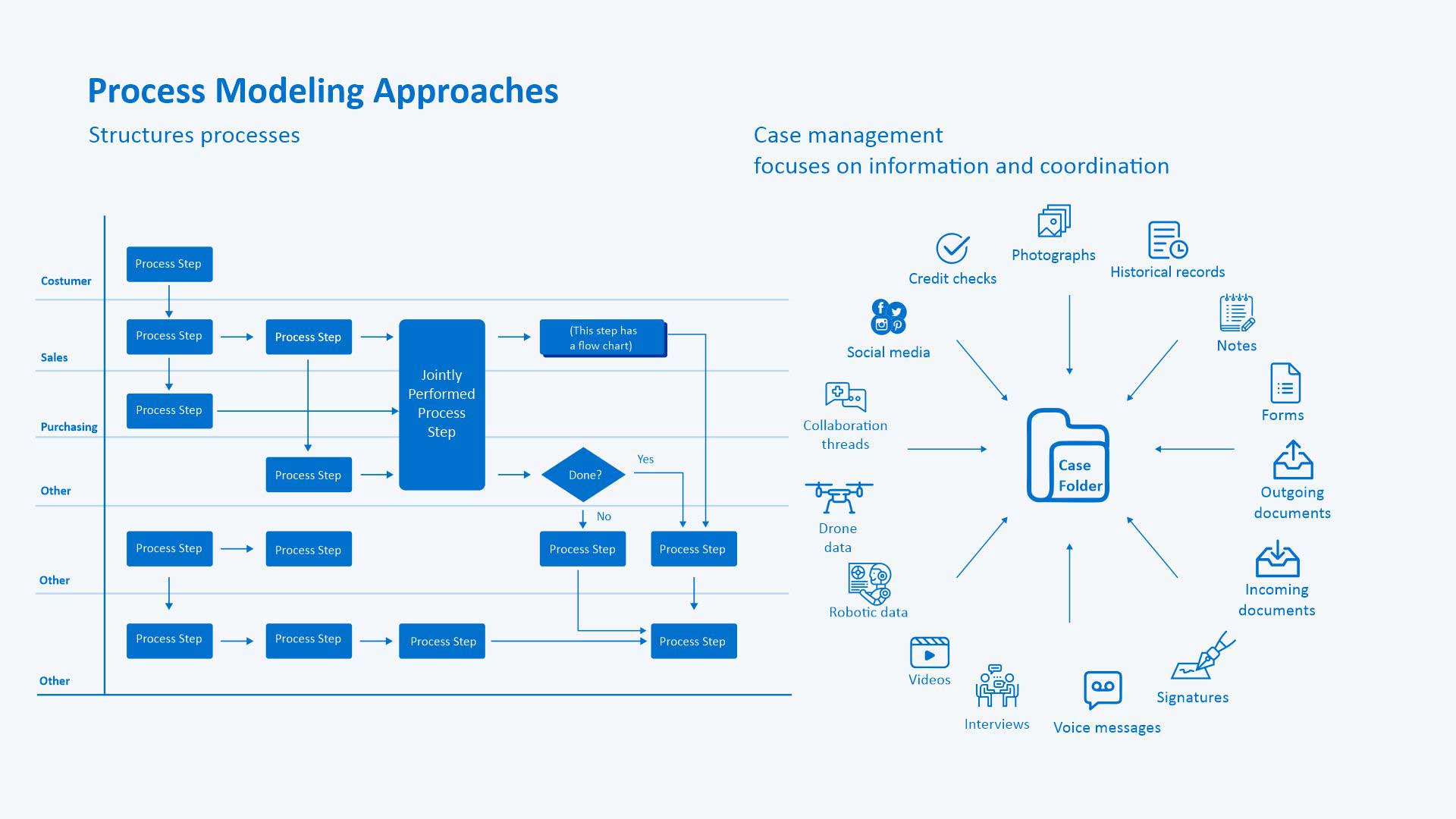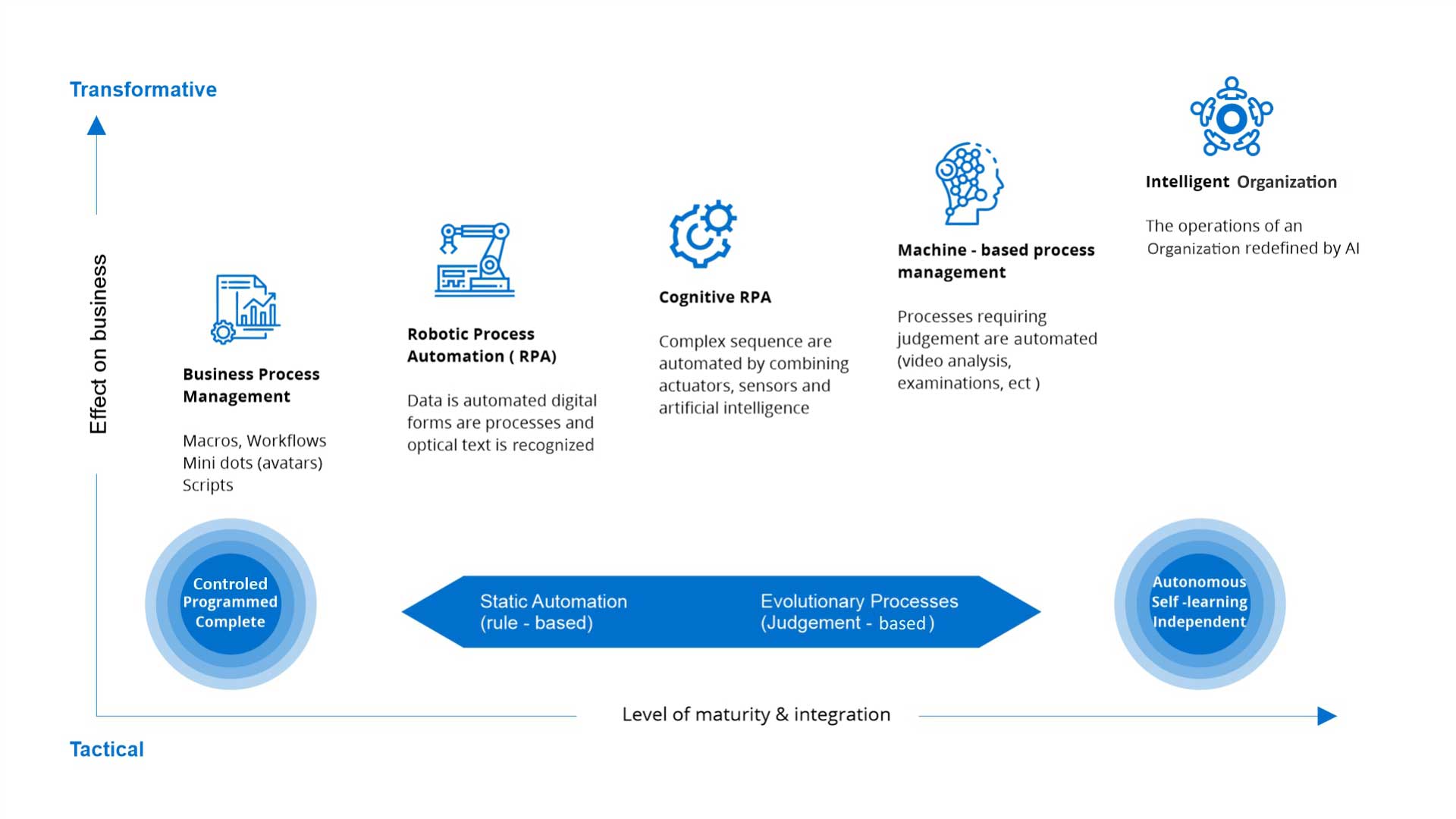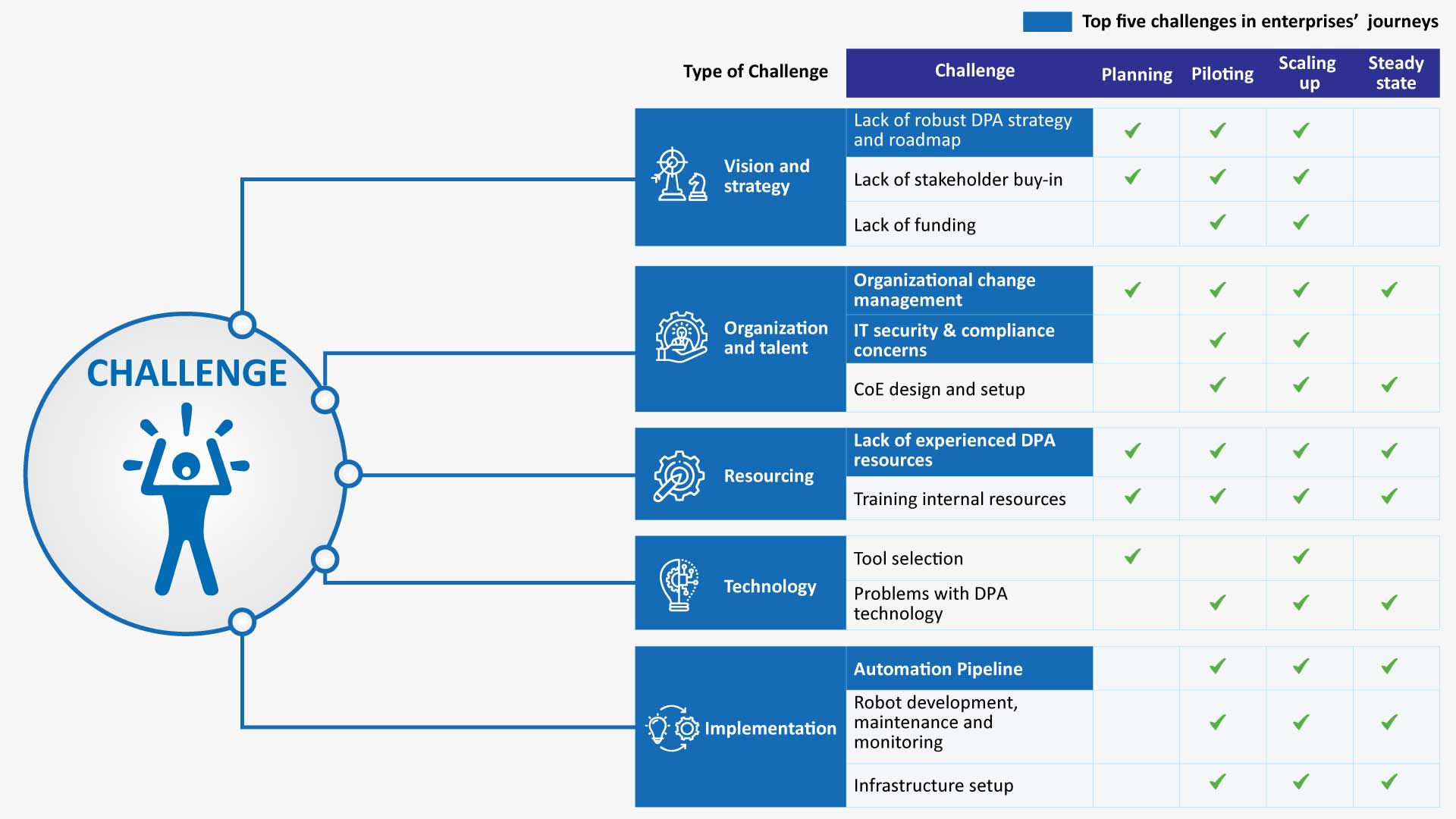Products today are increasingly becoming lighter, faster, and easier to deploy, thanks to low-code development approaches. Parallelly, there has been a customer-driven shift from large-scale, Lean, and Six Sigma transformation to smaller-scoped projects. In most cases, these projects rely on iterative, agile methodologies for a continuous stream of process improvements delivered in a shorter time. This, coupled with the introduction of robotic process automation (RPA) for mostly manual, repetitive work, has reshaped today’s digital process automation (DPA) market. But first, let’s begin with the basics.
How is DPA different from RPA?
RPA: A part of workflow automation that uses bots to automate repetitive tasks. It offers features such as:
- Low code capabilities which enable the creation of portable and future-proof apps
- Deployable as Platform-as-a-service (PaaS)
DPA: With digitization at its peak, Business process management (BPM) technologies evolved substantially over the last several years to give birth to digital process automation. DPA helps digitally mature organizations automate business processes to achieve digital transformation. The aim is to facilitate better experiences for partners, customers, and supplies involved in a business process when interacting with the organization.
DPA can essentially address tasks that can be categorized into:
- Programmatic: Typical clerical back-office administration tasks that involve repetitive tasks as well as flows, inputs, triggers, and resources.
- Transactional: Largely involves prescribed workflows, but needs some level of human intervention, such as processing claims applications or forwarding suitable resumes.
- Exploratory: Tasks that include fraud investigation and compliance resolution. The resource is expected to employ a set of possibilities rather than simply follow a recipe.
Trends That Are Likely to Impact DPA in the Coming Years
We performed an in-depth analysis of the market and found that the following trends are most likely to impact the path DPA or digital process automation would take in the next few years:
1. Data Will Lead the Way in Business Process Automation
One trap that most organizations typically fall into when planning for process automation is to diligently analyze the as-is processes and designing the future-state while keeping data in the back burner. This creates significant challenges during the automation project, as for most organizations, much of the data that processes consume exist in varying formats across unsynchronized silos.
However, leaders across industries are increasingly beginning to realize the criticality of data in process automation. This has led to more and more automation projects having an acute focus on data quality, data modeling, master data management (MDM), data integration, and data lake creation.
Additionally, the emergence of AI/ML in the automation field has considerably raised the data stakes. With the shift to digital platforms, collecting and leveraging customer data intelligently has become vital. For these reasons, data management, integration, quality, and modeling will become increasingly important in the coming years.
2. Inevitable Convergence Of Customer Journey Mapping With Process Modeling
While the world of process automation software has seen numerous changes in the recent past, business process modeling has remained surprisingly stable. The only noteworthy change has been the incorporation of case management in modeling tools in addition to more structured processes. Innovation and fresh insights into modeling processes are long overdue.
Although customer journey mapping and process modeling capture different data, they essentially capture similar information. Both tools document steps in a process. While journey maps document the customer’s path, process modeling considers the business’s process steps that support the customer.


Customer experience and operational excellence players are becoming more aware of this overlap. Their convergence, naturally, will become the most needed change in this field. Eventually, these two approaches will come together to catch up to the future needs of end-to-end process transformations.
3. Disruption by AI/ML
Although RPA and DPA offer different value propositions, they are also highly complementary. Together they can tackle comprehensive human and system-to-system activities in a business process. This synergy is getting noticed in the market.
RPA has a limited shelf life and is, at best, a stop-gap solution without DPA and AI/ML in the long run. AI/ML is the doorsteps, and leading players across industries have already opened their doors for adoption in their process automation efforts.
Usage of AI/ML in process automation is already happening in several industries. Examples include determining the next best action, sentiment analysis, intelligent document capture, fraud detection, cognitive chatbots, and content creation. Some use cases, Innova Solutions has worked on leveraging AI/ML in business processes include predictive maintenance for manufacturing devices, group decision-making to expedite recruitment process, and managing real-time delivery fleet interactions – to name a few.
Early adopters agree that AI/ML in process automation will be a significant differentiator in the coming years. AI/ML will not entirely replace the work that humans perform, but instead, augment their decisions by infusing data-backed intelligence into automation software and business processes.
Things to Consider for Digital Process Automation Buyers
Organizations may face several challenges in their DPA adoption journey based on their readiness, organizational culture, and existing digital ecosystems.
DPA Adopters’ Key Pain Points
Here are some key areas to focus on while considering investing in DPA:
Technology
- Adopt cloud and micro-services as early as possible.
- Look for DPA providers who Amazon, Microsoft, Google, opensource, and other key infrastructure players.
- Focus on providers who have strong practices around data: entity modeling, data integration, data quality, and process data lakes.
Focus
- Start with a focus on data, then expand to process.
- Adopt cross-functional collaboration. Involve CX teams.
- Transform customer-facing tasks within business operations.
- Demarcate robotic process automation and digital process automation efforts.
Strategy
- Innovate around customer experience, even within business operations.
- If the organization is in a mature stage, champion DPA for digital transformation.
Vision
- Partner with providers with a vision for AI/ML within the DPA framework.
- Assess culture and data readiness for adoption.
- Look for opportunities to create significant differentiators with AI/ML in processes.
As always, evolving technology trends and new business opportunities will continue to influence how customers future-looking solutions. Disruptive use cases will continue to shake up the market until a broader range of businesses is compelled to consider and adopt DPA. AI/ML will play a prominent role in shaping process automation products and how organizations envision and design their business processes. The only question that begs to be answered is, “How soon?”
To learn more about how we can help you with your business’s process automation and digital transformation needs, contact us.





